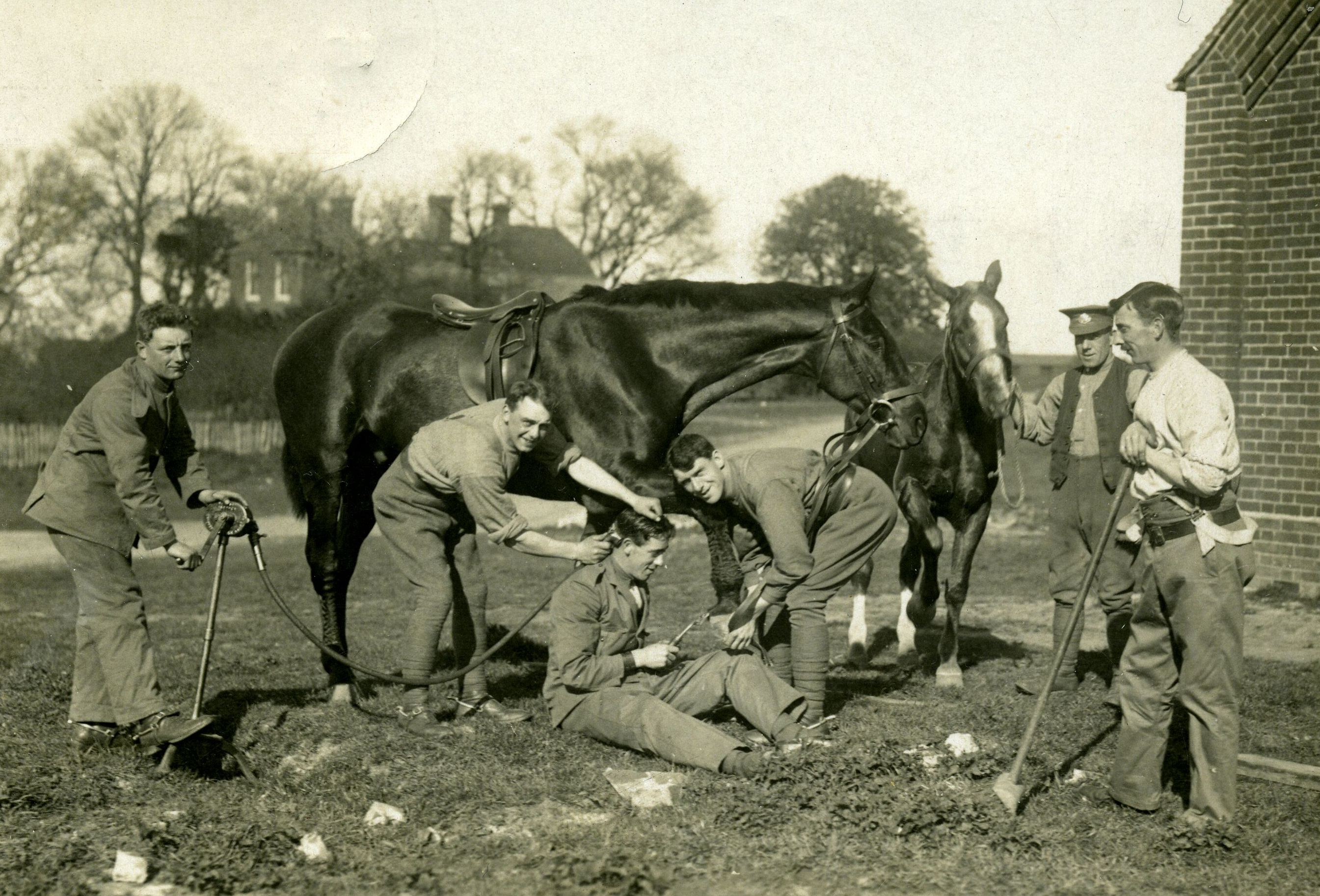About
The Home Front Legacy project helps local communities identify and map the remains of the First World War (WW1) across the United Kingdom. Using the tools we provide, local people can document and preserve our stories, and vulnerable remains, for future generations.
Your research on our map
The knowledge that you collect is presented on our UK map of sites. The data is also recorded in the UK’s national and local archaeological records to inform planning decisions and help safeguard First World War remains for future generations to come.
This website provides the instructions and tools you need to get involved in the project
Military historian and CBA President, Dan Snow is keen for everyone to get involved:
‘There’s still so much out there. Volunteers using the recording toolkit are mapping the remains of the First World War all over the UK. People are going out in the field to find forgotten camps and practice trenches, searching local archives to discover that a local factory was turned over to munitions manufacture or that local buildings were used as drill halls, hospitals or prisoner of war camps. The physical legacy of 100 years ago is all around us and it’s up to us to pass that knowledge on to our descendents.’

Australian 3rd Division pioneers digging a mine gallery on Salisbury Plain practising for the First World War Battle of Messines (1917) courtesy Australian War Memorial
What remains in Britain?
Although First World War action took place in Europe, preparations transformed lives and landscapes here at home.
We know from previous research that took place through the Council for British Archaeology’s Defence of Britain project a decade ago that a substantial physical legacy remained on British soil.
These remains include buildings temporarily requisitioned for the war effort through the Home Front.
Over the Centenary, we are encouraging communities to update and extend this knowledge, preserve it and create a map of sites and projects that opens it up for everyone.
What evidence are we looking for?
We need site locations, descriptions and photographs. If you can add documents, maps, plans, historic photographs and postcards, to add depth so much the better. This information might well include the details of people and events associated with these military and Home Front sites, structures and buildings?
The project will also identify sites associated with ‘events’, such as air crashes, bombings, naval raids and strikes.
Project details.
The Council for British Archaeology is working with Historic England and partners across the UK during the Centenary of the First World War 2014 - 2018 to achieve these project aims:-
- identify new sites, and update and add to existing local and national records relating to the First World War to enhance our knowledge of the physical legacy across the UK
- publish recording data from community projects in the local Historic Environment Records and Sites and Monuments records and the National Monument Records to inform future planning decisions and increase protection for vulnerable remains
- increase community engagement with Britain’s First World War archaeology during the 1914-18 Centenary
- raise awareness of national and local records and archives and services relating to archaeology and the historic environment
- promote good practice in data exchange and liaison between community groups and Historic Environment Record services
- raise the profile of archaeology with wider audiences during the 1914-18 Centenary
- show decision makers, through public involvement in the project, that archaeology matters
Find out how you can get involved






